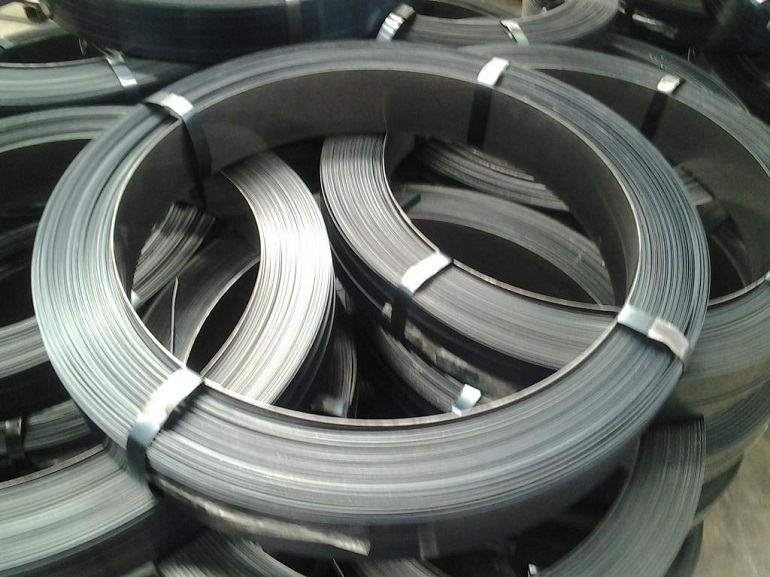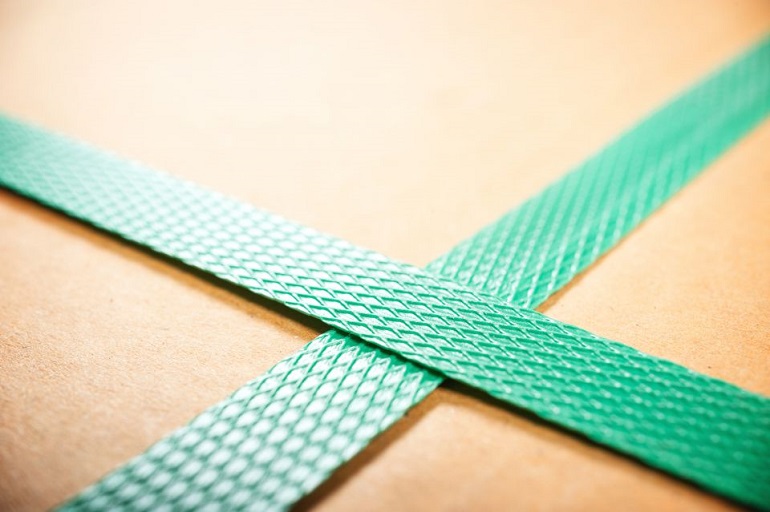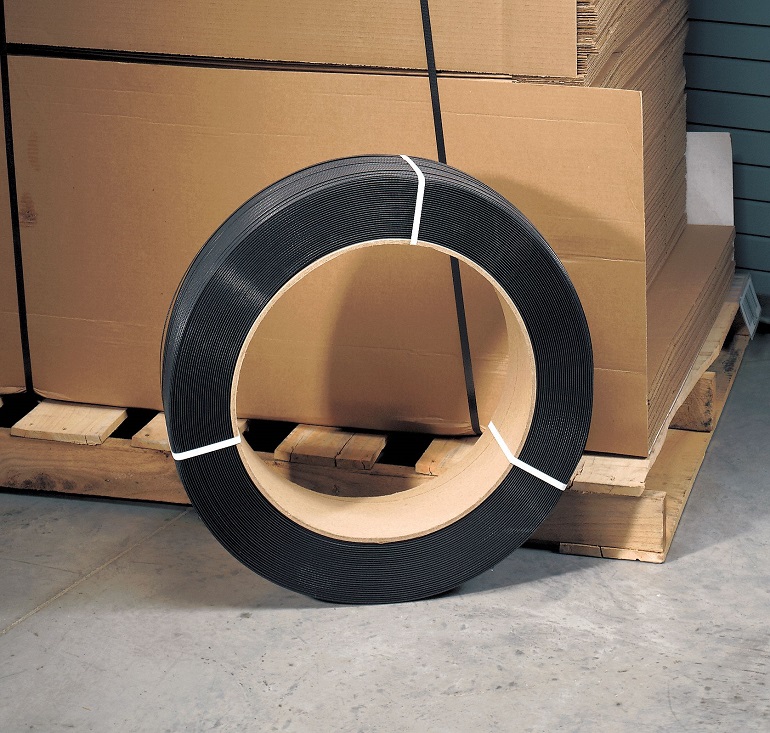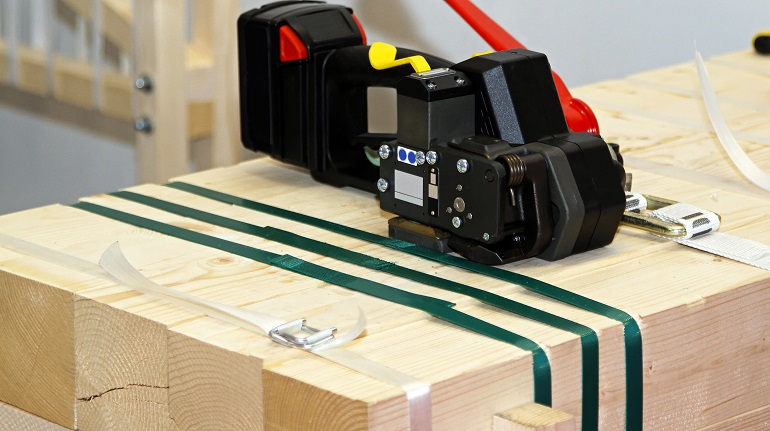We’ve all had large boxes containing our new electrical or white goods delivered to our door. Though how they’re delivered or the packaging and accompanying strapping that keeps everything in place might not be the first thing that comes to mind in such cases, a more discerning eye will spot the differences. Strapping rolls are used in such cases to prevent damage to packaged goods during transportation and handling. They come in different materials and strengths adequate for the type of the load and its weight. They’re also used for a similar purpose in bundling materials together, like timber planks, for instance, and securing loaded pallets during shipping. Here strapping rolls are combined with other materials like wraps for maximum protection. They are cheap and effective ways to protect any materials or equipment when moved from one place to another.
Types of Strapping Rolls
There are three major types of strapping rolls used in palletising, bundling and shipping. These are steel, polypropylene and polyester or PET strapping roll.
Steel Strapping

Steel strapping rolls are the traditional type of bundling materials, used mainly in containing heavy-duty loads in industrial and construction sites. Typical uses are in strapping steel and wire coils, oversized construction equipment and materials and securing different types of manufacturing and industrial equipment during shipping. In less demanding circumstances, it is being replaced by polyester rolls.
Steel strapping mainly consists of stainless steel and does not expand or contract when sealed. The benefits of steel strapping, besides securing heavy and large loads, is its high strength and durability, and resistance to temperature changes and UV rays. This means it will keep loads in place no matter what the conditions. Steel strapping is generally applied by hand by being fed through a tensioning tool and ends are crimped together with steel buckles. The excess steel strap is then removed by a cutter.
Polyester Strapping Roll

Polyester or PET strapping roll is a polymer-based strap with high strength and durability, and the roll largely replacing steel strapping in many applications. The benefits of polyester strap rolls are that it expands only slightly when weight and pressure are applied, for instance when packaged bundles or carton boxes move around while being transported. This allows for the packaging to stay intact, as the roll doesn’t tear or break, but quickly resumes its initial form. The elongation and recovery is important when transporting loads that settle, expand or contract like food items, various construction materials, pallets of bottles and cans, bulk paper, metals and timber. PET straps help loads remain stable and without damage.
PET strapping rolls come in various widths, lengths and thicknesses. This determines the overall strength and the application for which it is suitable. Since there are no sharp edges, PET strapping rolls are quickly and easily applied. Manually applied PET straps involve strap tensioners in the appropriate width of the roll. The roll is fed through the different cogs of the tensioner, and a lever steadily tightens the strap around the load. When there is enough roll overlapping, serrated seals are applied to the ends with a crimping PET sealer.
Polypropylene Strapping

Polypropylene, otherwise known as PP, is an affordable strapping solution when compared to PET or steel strapping. Although adequate for general use, polypropylene is inferior to PET strapping in many ways. It has lower tensile strength and could break in sudden shifts of loads. Also, it stretches considerably more than PET and has lower recovery rates, meaning rolls can loosen. Another downside is that PP rolls don’t handle temperature extremes or prolonged exposure to sunlight, since they can degrade. For this reason, it is preferred in the transportation of light to medium loads at shorter distances. Uses include strapping packages with paper products, clothing, smaller appliances, fresh and frozen foods, medicines, mail parcels etc. PP strapping rolls can be applied by hand or automated machines with different types of seals.
Choosing the Right Strapping for the Right Application

Consider the type of load that you will be strapping. This means the overall size, weight and how loads are stored during transportation. Steel is still the material of choice when strapping extremely heavy and unwieldy construction materials, though PET strapping rolls in higher strength and thickness are making their way here too. Also, think about weight distribution and how shifting or moving pallets and packages can affect the integrity of the roll.
The conditions in which products are moved and transported are also a major buying factor. Steel and PET can better handle adverse conditions, more so than PP strapping rolls. Here too, the overall strength is a major factor. Shipping distances will also determine which kind of strapping to use. For transporting heavier loads at longer distances, a PET strapping roll in the appropriate width and thickness is the way to go. Alternately, for lighter, smaller packages shipped within a few hours, PP strapping will be more than enough.
How easily and quickly the strapping is applied can also be something to consider. Both PP and PET strapping rolls can be applied by hand with the right tools and seals, or with automated machines doing the work for you. Lastly consider the environmental impact of the strapping rolls. While steel is the most recycled material there is, polyester is easier to recycle than polypropylene. Look for strapping rolls in all major hardware and packaging stores.

